
IELTS reading test can be tough, especially when we come across heading-matching questions. These tricky questions often leave well-prepared students puzzled.
But, guess what? There are strategies that can help you easily understand and answer these puzzling questions!
You may also like: Strategic Approaches For IELTS Reading Heading Matching Success
Understanding the Heading-Matching Questions
What's the buzz about heading-matching questions, you ask? Let's break it down together!
Questions involving heading matching closely mimic puzzles. You are required to match headings (also known as titles) to paragraphs or sections of text when they appear in tests or exams. The aim? to identify the heading for each paragraph that best expresses its main idea.
Here's a simple example. Consider reading a text instructing you on how to bake a delicious apple pie. Purchasing the right apples from the market is discussed in one paragraph. One more demonstrates how to make pie crust. The third explains how baking is done.
Your job is to match each of these paragraphs with a heading from a list given to you. The headings might include: "Choosing the Perfect Apples", "Creating a Crumbly Crust", and "Baking Your Masterpiece". Your task is to figure out which heading fits each paragraph best.
That sounds like a fun challenge, right? With a little practice, you can master the art of solving these puzzles. It's not as difficult as it sounds. Keep following along, and we'll show you how to do it in detail!
The Importance of Reading Comprehension
You know how after reading a page in a book you realise you didn't understand a word? That is an indication that you need to improve your reading comprehension. It's a crucial equipment in your arsenal for solving heading-matching problems.
Being able to read well is like having a superpower when it comes to IELTS. It aids in your comprehension of the ideas being communicated, not just the words on the page. You'll be able to determine the main idea of a paragraph or a passage if you have strong reading comprehension, which is exactly what you need to do to correctly answer heading-matching questions.
For instance, if a paragraph discusses how regular exercise "benefits like improved heart health, better sleep, and increased energy levels," the appropriate heading could be "Advantages of Regular Physical Activity." You can quickly make the connection between the heading and the paragraph's main idea if you have good reading comprehension.
Tips to Boost your Reading comprehension Skills
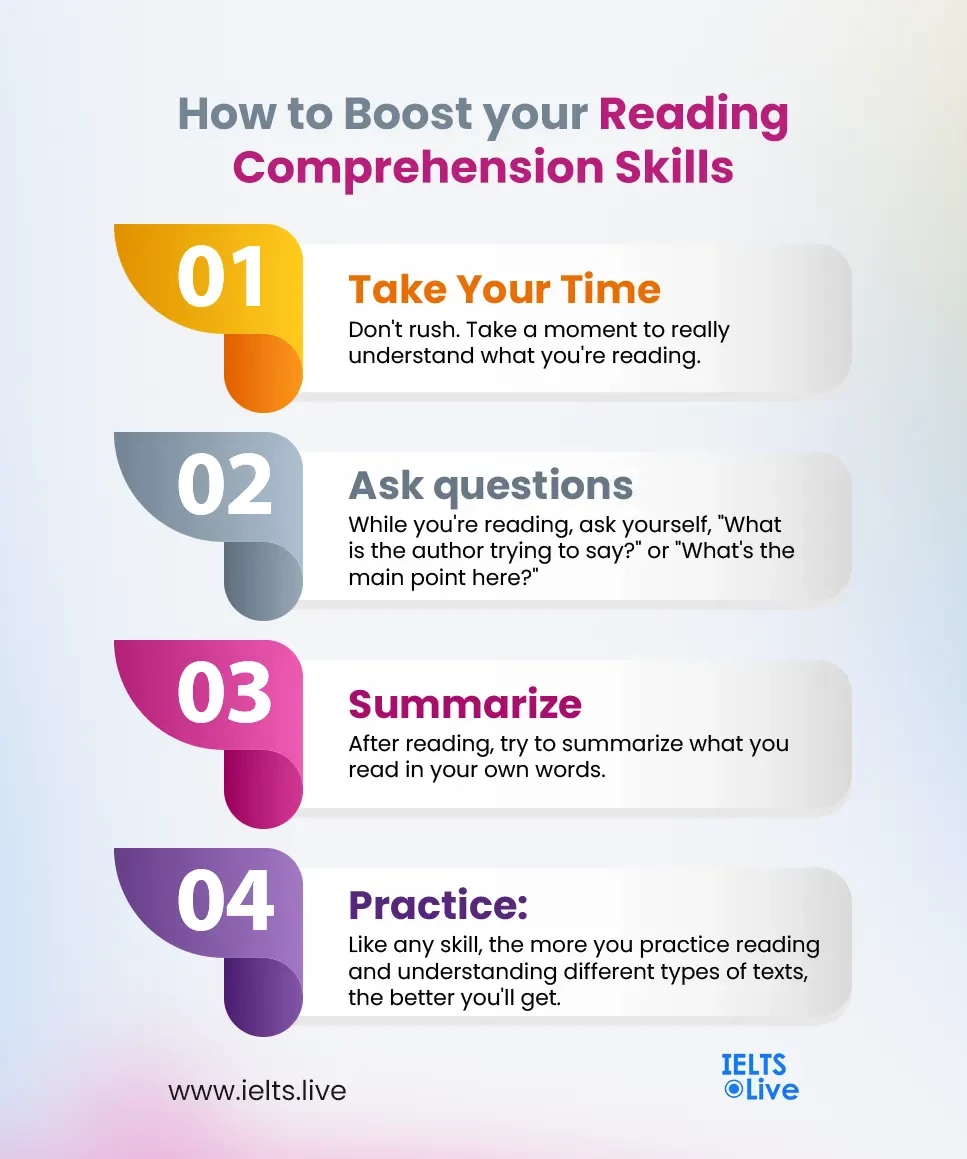
Here are some tips to help you boost your reading comprehension skills:
Take your time: Don't rush. Take a moment to really understand what you're reading.
Ask questions: While you're reading, ask yourself, "What is the author trying to say?" or "What's the main point here?"
Summarize: After reading, try to summarize what you read in your own words.
Practice, practice, practice: Like any skill, the more you practice reading and understanding different types of texts, the better you'll get.
As you can see, heading-matching questions can be greatly aided by reading comprehension. You'll be well on your way to handling these questions like a pro once you've mastered this!
Strategies for Tackling Heading-Matching Questions
Cracking heading-matching questions isn't about luck—it's all about using the right strategy!
First Glance Approach
Imagine this: You're on a treasure hunt, and you're quickly scanning the map to see where the X marks the spot. The First Glance Approach works like this. To get a general understanding, you quickly scan the headings and the text. You only attempt to match the overall theme of each paragraph to an appropriate heading; you don't go into great detail. It's similar to taking a quick picture of the text.
Let's give it a shot with a small example. Suppose you have a paragraph about 'how eating fruits can help improve your health', and the headings are "A. The benefits of exercise" and "B. Why fruits are good for health". It is immediately apparent that the paragraph goes with heading B.
Detailed Reading Approach
The Detailed Reading Approach is like being a detective as opposed to our first approach. Instead of just focusing on the big picture, you delve into the specifics, carefully examining each sentence to find the best fit.
Let's revisit our original example. If you carefully read the paragraph, you will discover that it is not just about the advantages of fruits. Additionally, it discusses the distinct vitamins present in various fruits and how each one benefits your body. Heading B suddenly seems too broad. A better heading might be "C. Understanding the nutritional value of fruits." That is the strength of a thorough reading!
The Elimination Approach
Have you ever played "Spot the Difference"? That is the Elimination Approach's fundamental idea. You eliminate headings that don't fit one by one until the ideal match remains.
If our choices were "A. The benefits of exercise," "B. Why fruits are good for health," and "C. Understanding the nutritional value of fruits," for instance, we could immediately rule out option A because it has nothing to do with the topic of the paragraph. The choice then comes down to B or C, and as we've seen, C makes the best match.
Depending on the text's complexity and the provided headings, the best strategy can vary. However, armed with these techniques, you'll be prepared to answer any heading-matching question that comes your way.
Recap of Major Points
After exploring the heading-matching questions, we discovered some crucial strategies:
Understanding heading-matching questions: Recognising these types of questions is the first step towards mastering them.
The importance of reading comprehension: Good reading skills form the backbone of tackling heading-matching questions effectively.
There are several methods for answering heading-matching questions: The First Glance Approach, the Detailed Reading Approach, and the Elimination Approach are three effective strategies that we found. Depending on the complexity of the text and the headings, each has a different set of advantages and can be used.
Practical examples: We applied these strategies to an example, making the concepts more understandable and easy to use.
Even though heading-matching questions can be challenging, they are not insurmountable. It requires comprehension, strategy, and a lot of practice, just like any other skill. Keep in mind that no one solution works for everyone. The approach you select will depend on the issue at hand and what suits you the best. You should be able to answer these questions with confidence and ease if you use the tools and methods we've provided.
Therefore, as you take your next exam, keep in mind that you're not just answering questions; rather, you're embarking on a journey of discovery and coming prepared with methods to overcome any heading-matching difficulties that may arise.
We now eagerly await your feedback! What has your experience been with heading-matching questions? Have you used any of the techniques we covered? Do you have any of your own that work like a charm? Or do you perhaps have a query or two? Please feel free to comment below. We're eager to carry on the discussion and gain knowledge from one another!


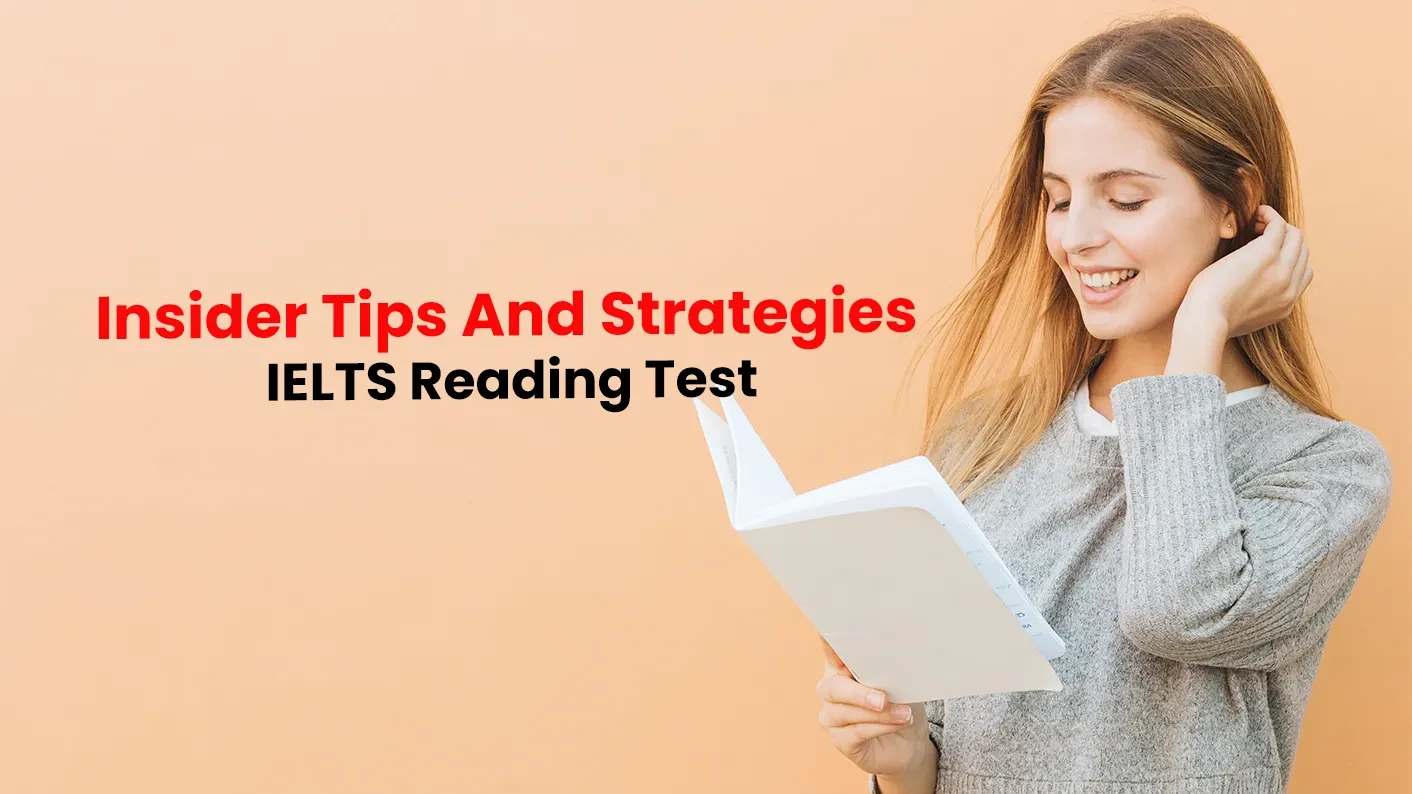
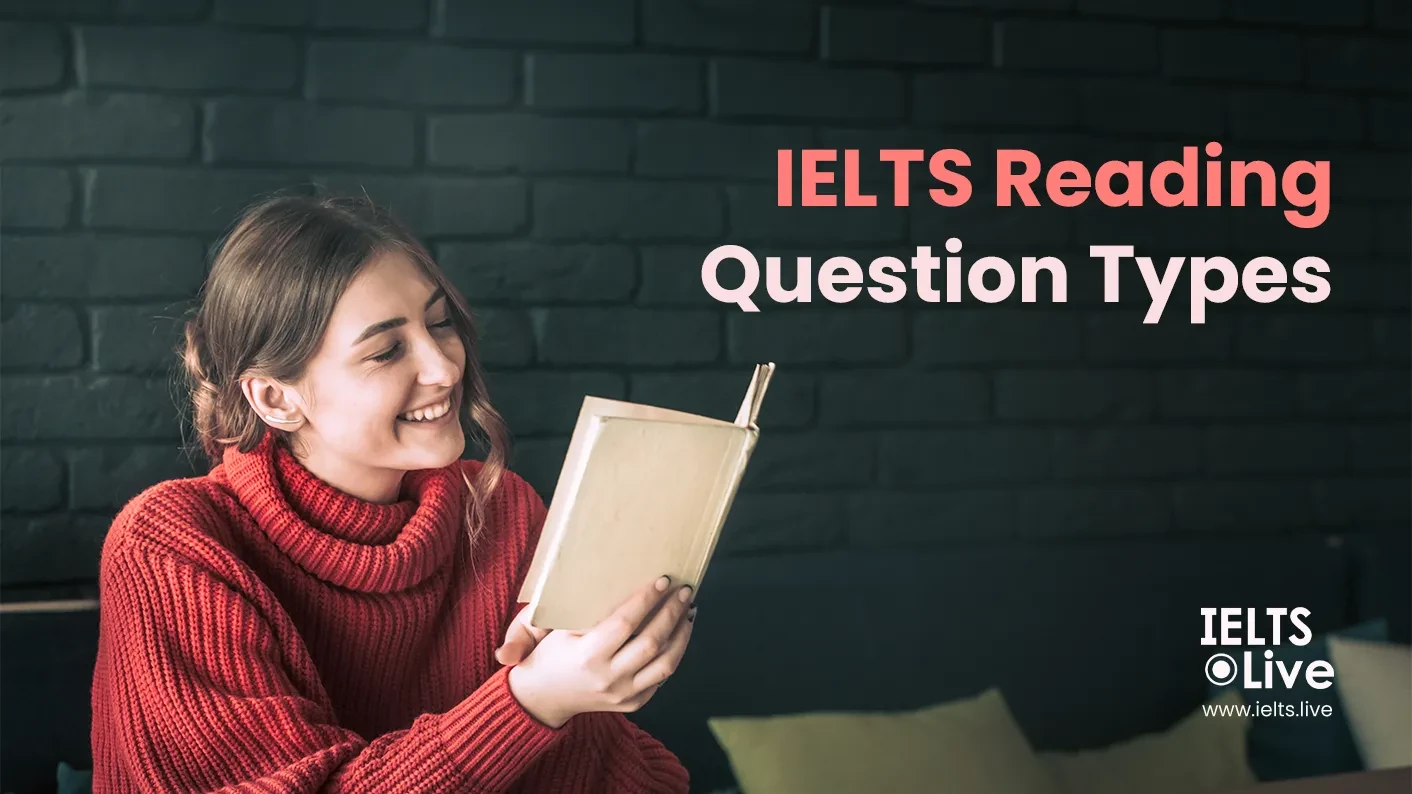
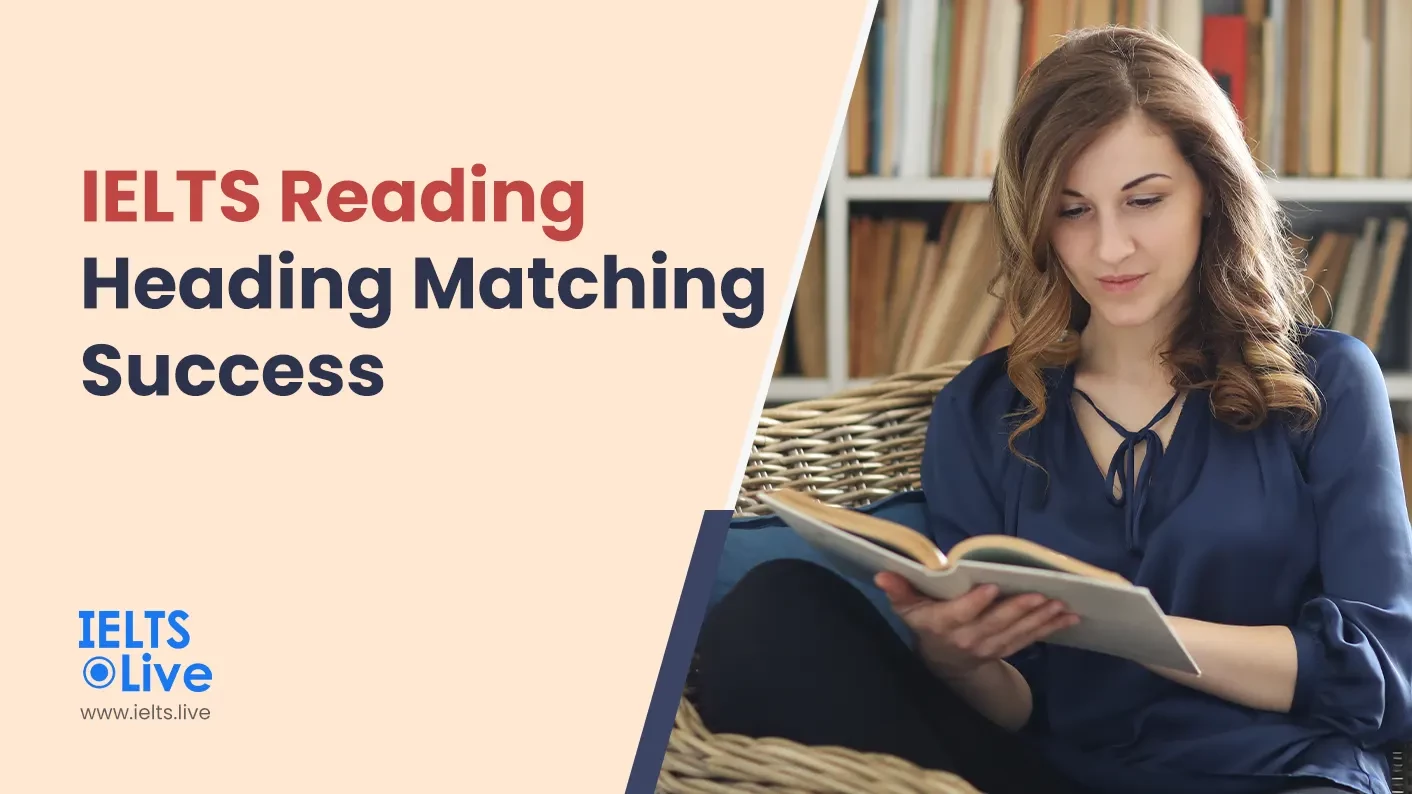
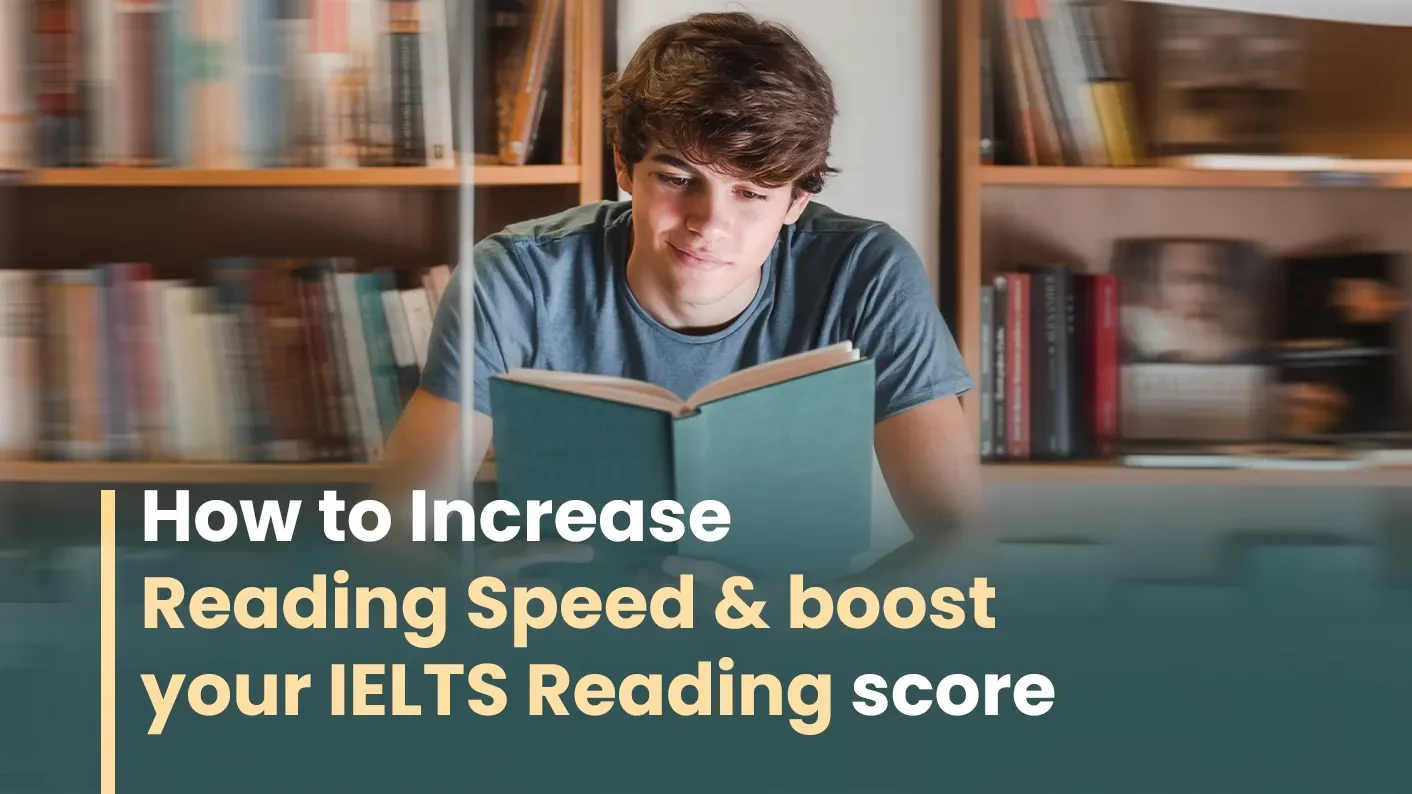
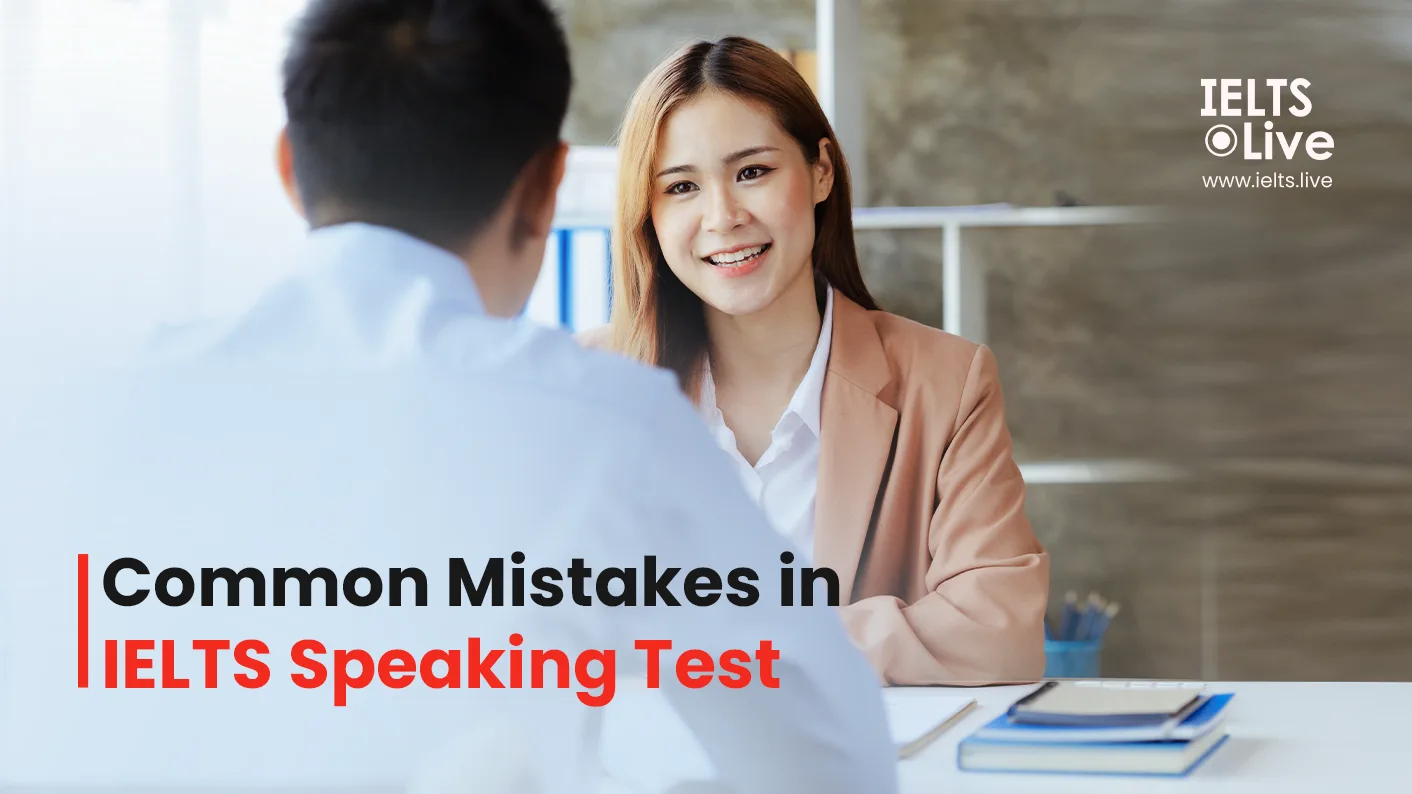

0 COMMENTS